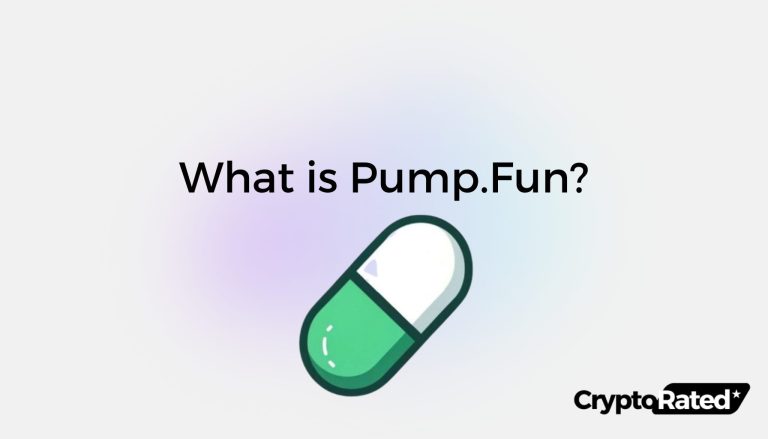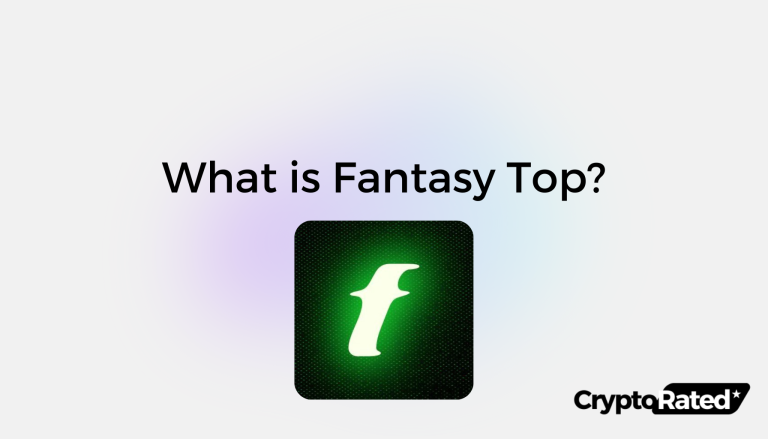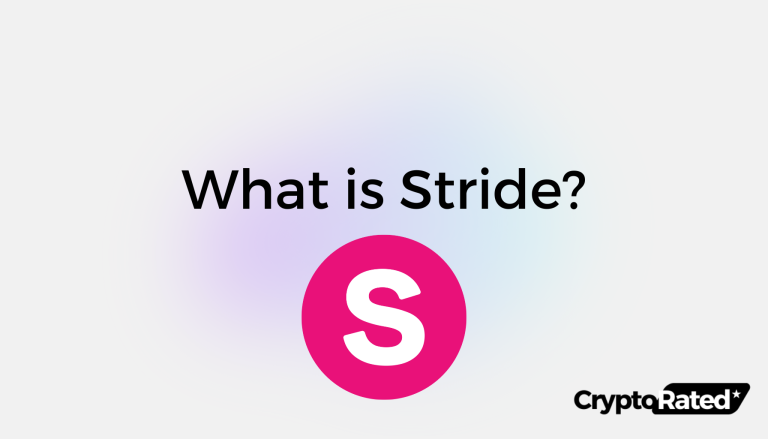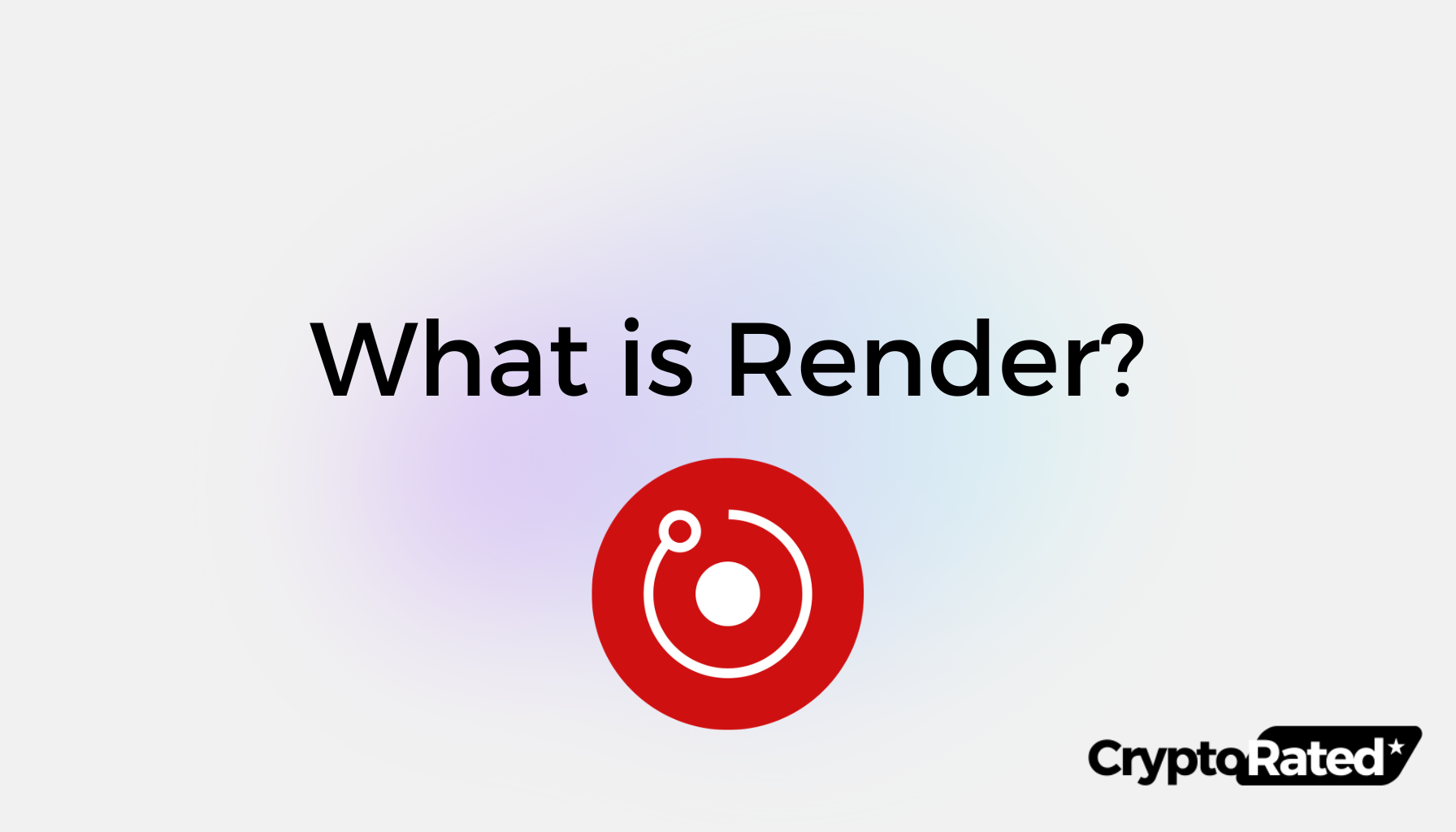
What Is Render?
The Render Network is a peer-to-peer GPU marketplace built on the Ethereum blockchain that allows users to contribute computational power to 3D rendering projects and earn crypto in return. With the growing demand for high-definition user experiences, the need for 3D rendering has greatly increased. The process of converting data into visual 3D graphics requires complex algorithmic calculations, and rendering is arguably the most important and computationally difficult step of the 3D graphics creation pipeline. Render allows users to rent out the GPU power they need to render 3D graphics in return for the project’s native RNDR token.
Key Takeaways
- The Render Network is a peer-to-peer GPU marketplace that lets users contribute computational power to 3D rendering projects and earn crypto in return.
- The 3D rendering process is complex and computationally difficult, with growing demand for high-definition user experiences and immersive digital worlds.
- The Render Network aims to meet this growing demand by providing a decentralized GPU cloud rendering service that can empower countless content creators and users.
What Is The History of Render?
Render’s roots go back to 2009 with founder Jules Urbach, previously of cloud graphics company OTOY1.
2017:
- Concept: Render is envisioned as a democratized, blockchain-powered marketplace for GPU rendering and powering 3D experiences.
- Token Sale: RNDR (ERC-20 token) raised funds through private and public sales2.
2018:
- Beta Testing: Early adopters and artists work with the team to test the network in its pre-launch stage.
2020:
- Official Launch: Render Network goes live, connecting content creators with a decentralized pool of GPU rendering power.
2023:
- Burn Mechanism: BME (Buyback and Burn Mechanism) was introduced, aiming to make RNDR deflationary over time3.
Key People:
- Jules Urbach: Founder and CEO, bringing experience from the traditional graphics industry.
- David Vorhis: CEO of Sia, collaborating with Render on storage solutions.
Milestones:
- 2017: Token sale fuels development and adoption.
- 2020: Launch of the decentralized rendering network.
- 2023: Implementation of BME for potential deflationary effect.
How Does Render Work and what are the plaform’s key features?
RNDR, or Render Token, is the native utility token of the Render Network, a decentralized global rendering platform designed to address the growing demands for GPU computing power in next-generation media production. The platform lets users contribute unused GPU power from their home devices to help projects render motion graphics and visual effects and earn RNDR in exchange4.
The Render Network solves three main pain points for its end users: scalability, optionality, and IP protection.
Scalability
One of the core benefits of the Render Network is its scalable GPU rendering network that can be spun up to any size to meet user demands. Render’s decentralized network relies on an automated reputation and job assignment system that can scale with the needs of any project. Render’s open network of vetted rendering service providers presents an efficient alternative to costly localized market solutions.
Optionality
Render Network users have more options, whether they are commissioning a job or farming out their excess GPU power. This allows for enhanced operational efficiency across the board. Many motion graphic artists and businesses that rely heavily on 3D rendering and modeling are hesitant to spend enormous amounts of money on data centers filled with GPUs.
Since GPUs often become outdated and must be replaced every few years to keep up with the latest data processing requirements. GPU units also require a significant amount of electricity to operate, and many 3D graphics creators and users are based in expensive urban centers with high utility costs.
IP Protection
Render provides an effective digital management system built atop blockchain-enabled record-keeping and encryption and OctaneRender-based service completion and scoring5. Most existing service options rely on centralized platforms that can censor or delete user data without warning, but Render leverages the immutability of blockchain technology to ensure that creators’ rights are protected throughout their entire creative lifecycle.
In conclusion, RNDR is a utility token used for paying for computer-generated graphics and rendering services on the blockchain-based Render Network platform. The platform offers a scalable, cost-effective, and decentralized solution for 3D rendering and modeling and provides effective IP protection to creators.
What Are The Tokenomics Of Render (RNDR)?
RNDR is an ERC-20 token with a maximum supply of 531 million and a circulating supply of 374 million as of December 2023, according to data from CoinGecko6. RNDR has a market capitalization of $1.7 billion, placing it just outside of the top 50 cryptos by market cap, and it reached an all-time high of $8.7 in 2021.

How Has Render (RNDR) Traded In 2023, And What Is The Render Price Prediction?
RNDR has had a massive year. The AI hype that peaked during the release of ChatGPT helped crypto projects related to the AI space grow their market share. Render has been one of the most successful AI-crypto plays this year as its price has surged by over 1000%, pushing it well above $4, according to data from TradingView7.
Coincodex8 is bullish on Render (RNDR) with a maximum price target of $7.49 for 2024. Looking further ahead they expect RNDR push towards $10 in 2025 or 2026 and close out the decade between $13-17.
Bitcoinwisdom9 has set an avarage price target of $10.6 for 2024 and $15 for 2025 which represents a 200% and 300% rise respectively. By the end of the decade their targets exceed $35.
Remember that crypto prices are extremely volatile, and you should always do your own research before risking your capital. Nothing in this post should be considered as financial advice.
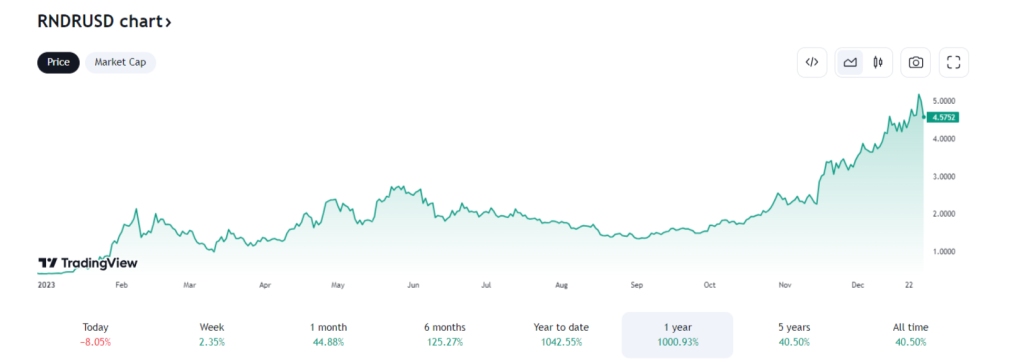
Final Thoughts On Render
Render Network flips the script on costly, centralized rendering. Imagine a vast pool of unused GPUs, now working together as a decentralized supercomputer. Render unlocks this on-demand processing power, churning out stunning visuals at a fraction of the usual cost. Creators get affordable rendering, while GPU owners earn RNDR tokens for sharing their spare computing power.
Frequently Asked Questions
What Is Render?
Render is a decentralized marketplace for GPU rendering, harnessing the power of blockchain to connect creators with a global network of idle GPUs. It’s like a virtual supercomputer for visual effects, animation, and 3D content creation, all at a fraction of the cost of traditional rendering methods.
What are the primary use cases for RNDR tokens within the 3D rendering ecosystem?
RNDR tokens are primarily used to power rendering work on the Render Network, a decentralized 3D rendering platform. Unlike RNDR Credits, RNDR tokens can be purchased and sold on exchanges and can be earned by Node Operators for work rendered on their nodes. RNDR tokens allow users to access the Render Network’s computing power and pay for rendering services.
How does the Render Network leverage blockchain technology in its operations?
The Render Network leverages blockchain technology to provide a decentralized platform for 3D rendering. The use of blockchain technology ensures that the Render Network is secure, transparent, and tamper-proof. The Render Network uses smart contracts to automate transactions and ensure that all parties are compensated fairly. The use of blockchain technology also allows for faster and more efficient transactions, as well as increased scalability.
WRITTEN
Peter Barker
Peter is an experienced crypto content writer and a DeFi enthusiast with more than 3+ years of experience in the space. Previously a journalist and news editor at a leading European news sourcing agency.


